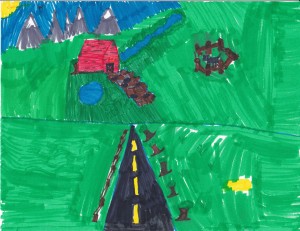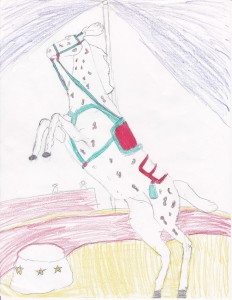Summertime is easy—so they say. It can also be an easier time to remind children and teens about good manners. Hopefully, you will have more times of relaxed conversation when you aren’t trying to juggle homework, school and extracurricular schedules all at once.
Manners are important because they remind us of the value of every human being. Saying please and thank you is respectful, whether those words are spoken to someone in the family, a teacher or coach, or a complete stranger. Being helpful ingrains kindness in the helper and encourages it in the recipient and observer.
What are age appropriate manners?
- Ages 2—5. Teach children to say please and thank you at the right times. Children at this age usually love to help people, so encourage that tendency. At the playground, they can help a younger child, with supervision. At home, they can learn to pass the potatoes. When meeting someone, they can shake hands and learn to answer questions that are asked.
- Ages 5—7. As the child develops physically and emotionally, so should their moral growth be progressing. Teach good phone manners by practicing in a game. Have a “manners night” once a week at the supper table, where everyone has to speak politely and initiate good conversation. Give a small reward at the end of the meal for the person who showed the best manners.
- Older children. Learning to smile and maintain eye contact during a conversation is important as children grow. They can learn to ask people about themselves, and to distinguish between appropriate and inappropriate questions. Your suppertime conversations can engage their imaginations and teach them how to talk to other people.
- Teens. When our children mature into teens, they often become less receptive to their parents’ helpful instructions on manners, but that doesn’t mean you can let them off the hook. By now they should know your standards, and you should be able to witness them using their manners at home and elsewhere. Teens who are mannerly, you may tell them, will likely advance at school and work because others respond positively to our good behavior.
Perhaps the main thing to remember about teaching manners to your children is this: be an example. Use please and thank you when you remind them about their chores. Treat your spouse and other adults and youngsters with respect.
If you are often cross with them, they will reflect that attitude back to you and to others. But if you treat them and others kindly, they will learn to mimic that behavior, both consciously and unconsciously.
Expect good manners from your children and that is likely what you will get.
© 2014, MBS Writing Services, all rights reserved




